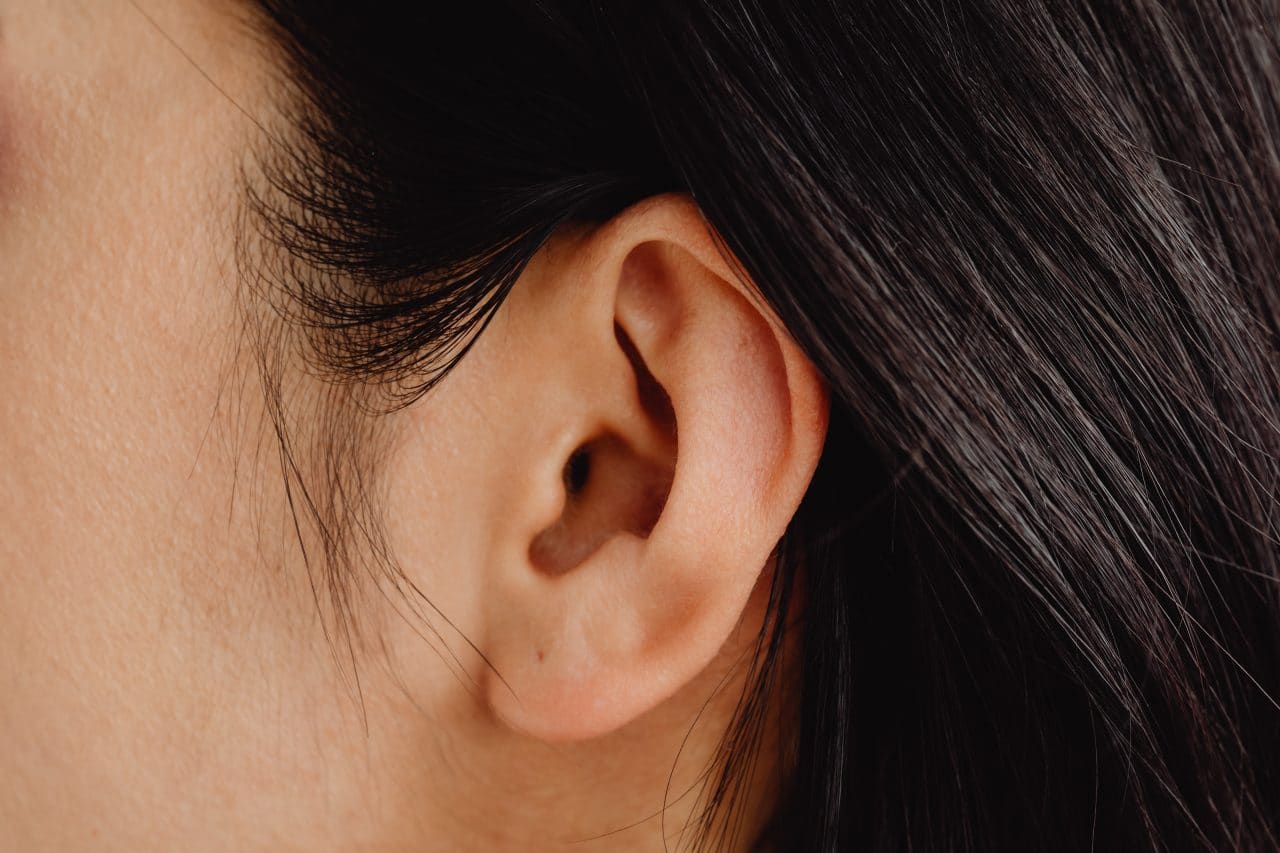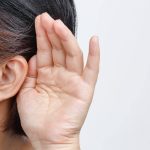
Key facts
- Glue ear (also known as ‘otitis media with effusion’) is a condition where fluid builds up inside your middle ear and becomes thick and sticky.
- It is common in young children and often occurs after a cold or an ear infection.
- Glue ear can cause hearing loss, which may cause some children to be irritable and can delay speech and language development.
- The fluid may clear up by itself without treatment — this can take up to 3 months.
- If the fluid doesn’t clear up, it can be treated with tiny tubes called grommets that help the fluid drain.

What is glue ear?
Glue ear occurs when fluid builds up inside your middle ear and doesn’t go away. The fluid gets thicker the longer it stays there and can become sticky like glue.
The medical name for glue ear is ‘otitis media with effusion’. It can last for weeks or months.
What causes glue ear?
Glue ear is caused by a blockage of a small tube, called the Eustachian tube, that connects your middle ear to the back of your nose.
Your middle ear — the space behind your ear drum — must be filled with air for you to hear properly. The Eustachian tube lets air up into your middle ear and lets fluid out. If the tube is blocked, fluid cannot get out and builds up inside your middle ear.
If your child has a cold, the lining of their Eustachian tube can swell and block the tube and lead to fluid build-up.
A middle ear infection can develop if the fluid gets infected. Glue ear can develop after middle ear infections.
Who gets glue ear?
Glue ear can occur at any age but is particularly common in children under 7. This is because the Eustachian tube is smaller and flatter in young children.
Your child is more likely to develop glue ear if they:
- are Aboriginal and/or Torres Strait Islander
- have hay fever
- have a cleft palate
- have Down syndrome
- are exposed to cigarette smoke
- go to childcare or are exposed to many other children
- use a dummy for long periods
Glue ear is less common in adolescents and adults, especially when it only affects one ear. Adults and adolescents with glue ear should have a careful examination to check whether it could be caused by a tumour (a growth) in the nose or throat.
What are the symptoms of glue ear?
Sometimes there are no obvious signs of glue ear, so it’s a good idea to be aware of things to look out for.
People with glue ear might:
- have problems with hearing — you might notice that your child needs to turn the TV volume up, has trouble listening when you talk to them or asks you to repeat things
- have problems with balance
- have trouble sleeping
- feel pressure or pain in their ear
- be irritable or frustrated
- behave differently to usual
Sometimes, if a child shows these symptoms, people mistakenly think they are being rude or badly behaved. It’s important to realise that they could have an ear problem and need their hearing checked.
When should I get my child’s ears checked?
If your child has a lot of ear infections or if you think they may not be hearing well, take them for a hearing test and see your doctor.
You should also get your child’s hearing checked after their glue ear gets better, to make sure their hearing is back to normal.
How is glue ear diagnosed?
Your doctor can diagnose glue ear by looking in your child’s ear with an instrument called a pneumatic otoscope. You may need to see an ear, nose and throat (ENT) specialist for this.
Your child should have a hearing test with an audiologist to check if they have any hearing loss. The audiologist can also check for glue ear.
To find an audiology clinic near you, use the healthdirect service finder tool.
How is glue ear treated?
Your child may not need any treatment. Glue ear often goes away on its own, especially during the summer when your child is less likely to get a cold. It can take up to 3 months for the fluid to clear up.
Sometimes, your doctor will prescribe antibiotics to help the fluid clear.
If your child has hay fever, your doctor may prescribe a nasal spray containing a steroid medicine. Don’t use other medicines for allergy or congestion without first talking with your doctor, and don’t use complementary therapies such as homeopathy or ear candling.
If the fluid doesn’t go away after 3 months and is causing hearing loss, your doctor might suggest treatment with tiny tubes called grommets. Grommets are inserted into the eardrums during a minor surgical operation. They allow fluid in the middle ear to drain away.
What are the complications of glue ear?
In young children, hearing loss from glue ear may delay their speech and language development. They will usually catch up quickly after their glue ear is treated.
In older children, it can affect reading and spelling. They may have trouble concentrating at school and communicating with friends.
How is glue ear prevented?
While glue ear can be caused by ear infections, it’s hard to prevent colds that can lead to ear infections. However, good hygiene can help lower your chance of catching one.
There are some things you can do to lower your child’s risk of glue ear:
- Keep your child away from cigarette smoke.
- If your child uses a dummy, try to get them to stop or only let them use it for short periods.
- Breastfeed your baby if you can.
- Hold your baby upright when feeding them a bottle and don’t give them a bottle in bed.



